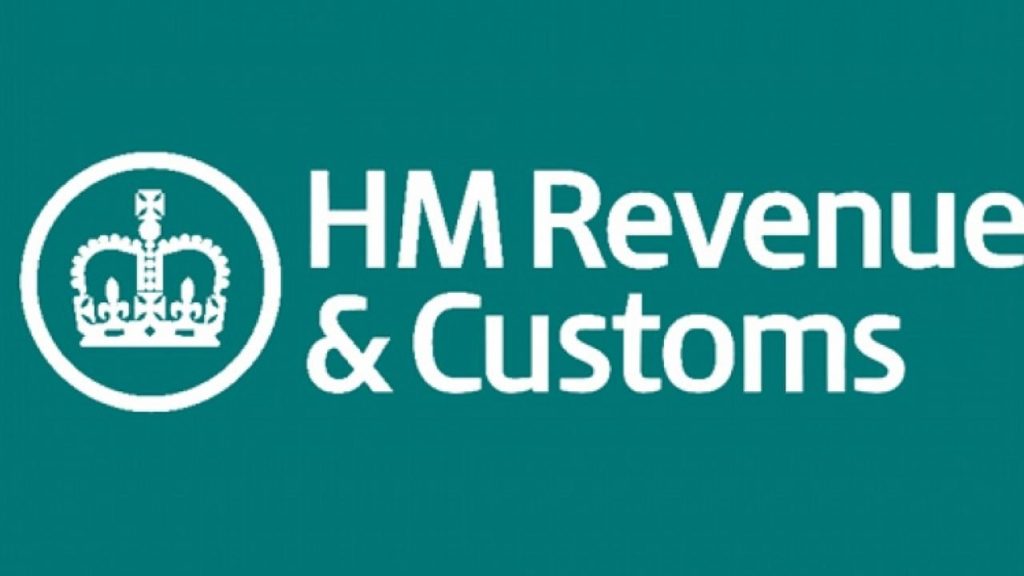In this week’s article we will look at HMRC tax codes & HMRC’s new online tool to help taxpayers.

Every employee has a tax code.
HMRC applies a tax code to each employee in the country.
If you are an employee, you will only have one tax code at any one time.
However, it is possible to have different tax codes throughout a tax year.
HMRC will use this tax code to inform your employer how much income tax they should withhold from your salary.
Your employer will then deduct an amount of income tax from your gross salary accordingly.
HMRC will tell your employer which tax code to use and how much tax to deduct.
However, tHMRC will not tell your employer why your tax code has changed.
At present, the standard tax code is 1257L.
The 1257 represents the personal allowance which is currently £12,570. The L confirms that the employee is entitled to the normal personal allowance.
Your tax code will change based on your personal circumstances.
There are multiple different tax codes that may be applied.
Furthermore, there are even more variations of these tax codes that may be applied by HMRC.
Some of the standard HMRC tax codes are:
L
You are entitled to the standard personal allowance
M
Marriage Allowance: You have received a transfer of 10% of your partner’s personal allowance
N
Marriage Allowance: You have transferred 10% of your personal allowance to your partner
0T
Your personal allowance has been used up, or you have started a new job and your employer does not have the details they need to give you a tax code.
BR
All of your income from this job or pension is taxed at the basic rate of tax
D0
All of your income from this job or pension is taxed at the higher rate
NT
You are not paying tax on this income
HMRC have released a new online digital tool to help taxpayers understand their tax codes and also why their tax code may have changed.
The new online tool can be found via the WWW.GOV.UK website.
In order to use the tool, you must enter your tax code and an estimate of your annual income.
Moreover, depending on your circumstances, you may also need to enter details of any Benefits In Kind that you receive from your employer.
Furthermore, you may also need to enter any state pension amount that you receive.
Sometimes you may be issued with an incorrect tax code. This is most common when you have more than one job.
However, it is possible under other circumstances as well.
The key thing is to contact HMRC as soon as you are aware of your tax code being incorrect.
Otherwise, once HMRC’s system updates, you may be left with a large tax bill and your employer will withhold more taxes from your salary.
On the other hand, you may be overpaying taxes to HMC and may be due a refund.
It is worthwhile informing your employer that your tax code is incorrect as well.
However, usually an employer can only use the tax code provided to them by HMRC.
We hope that you found this article useful. If you have any questions regarding your tax code, please get touch.